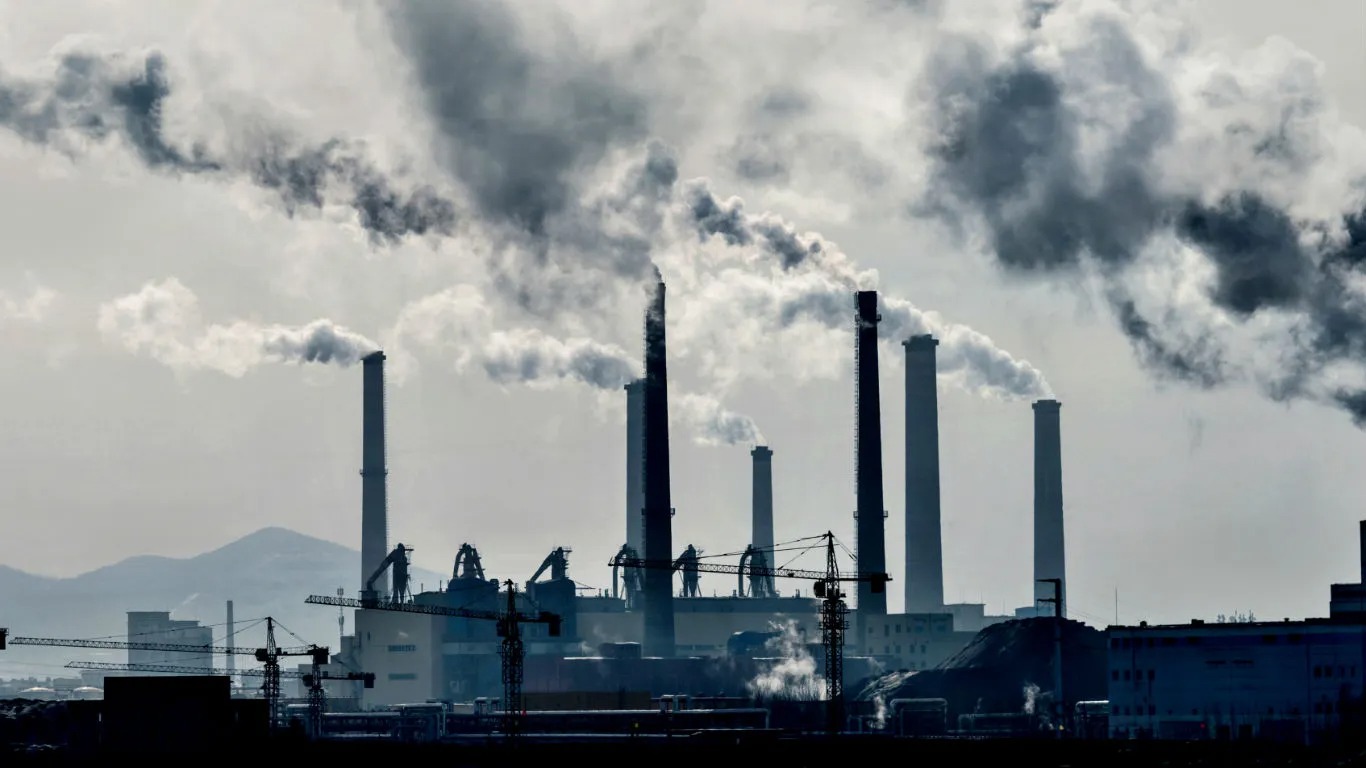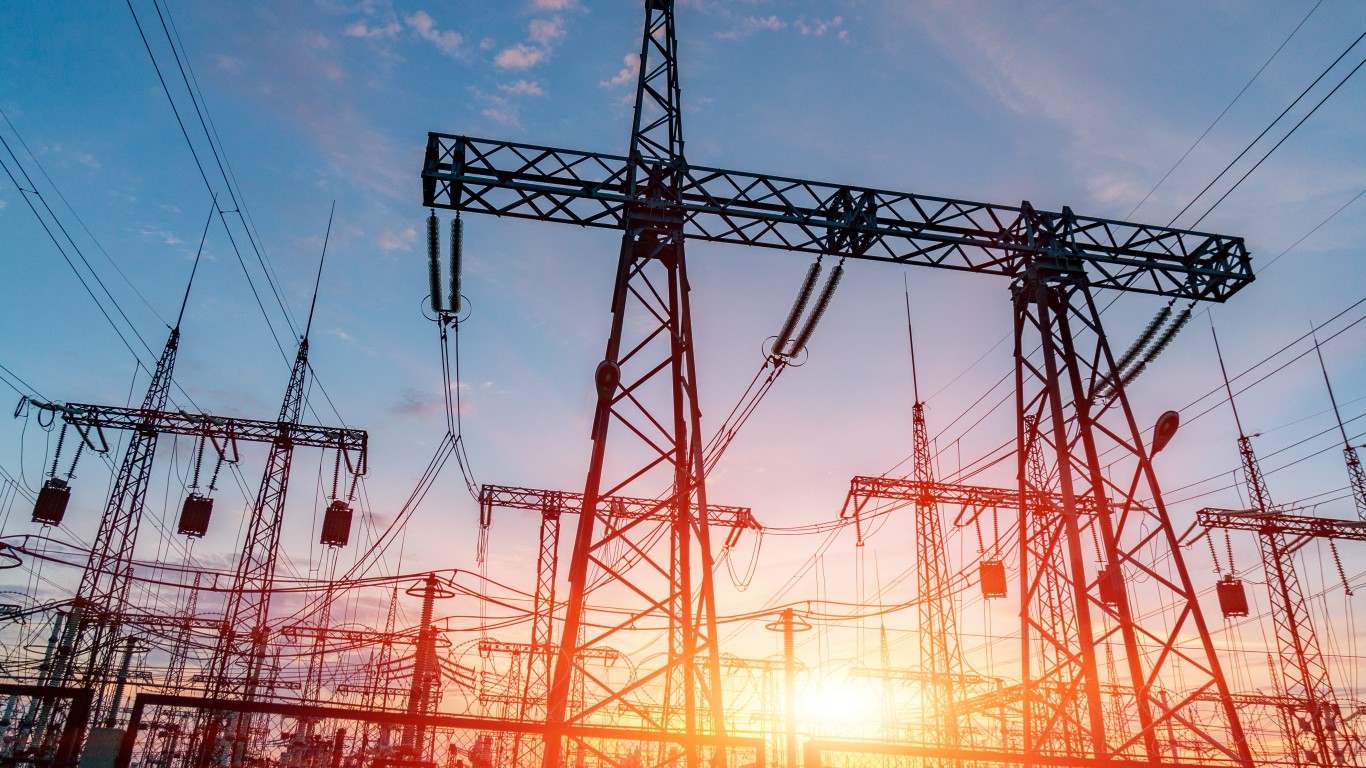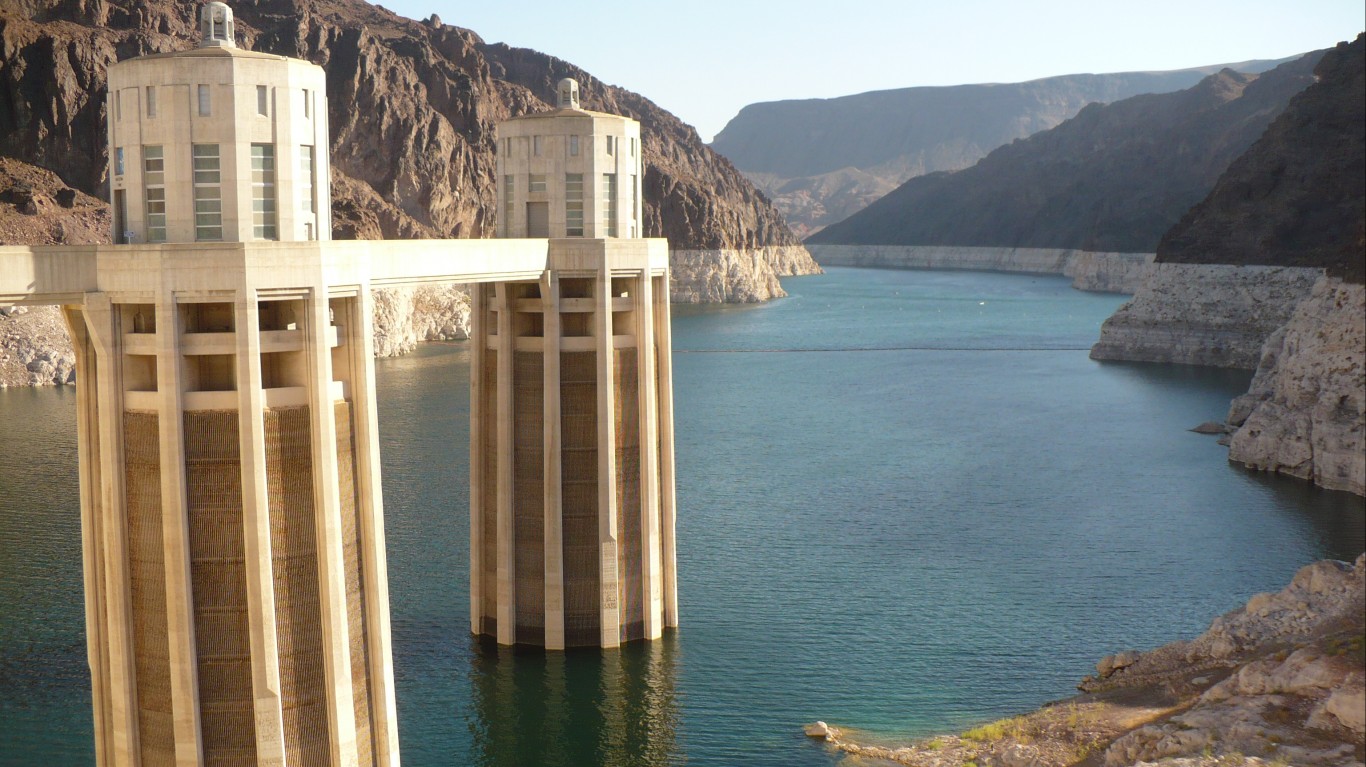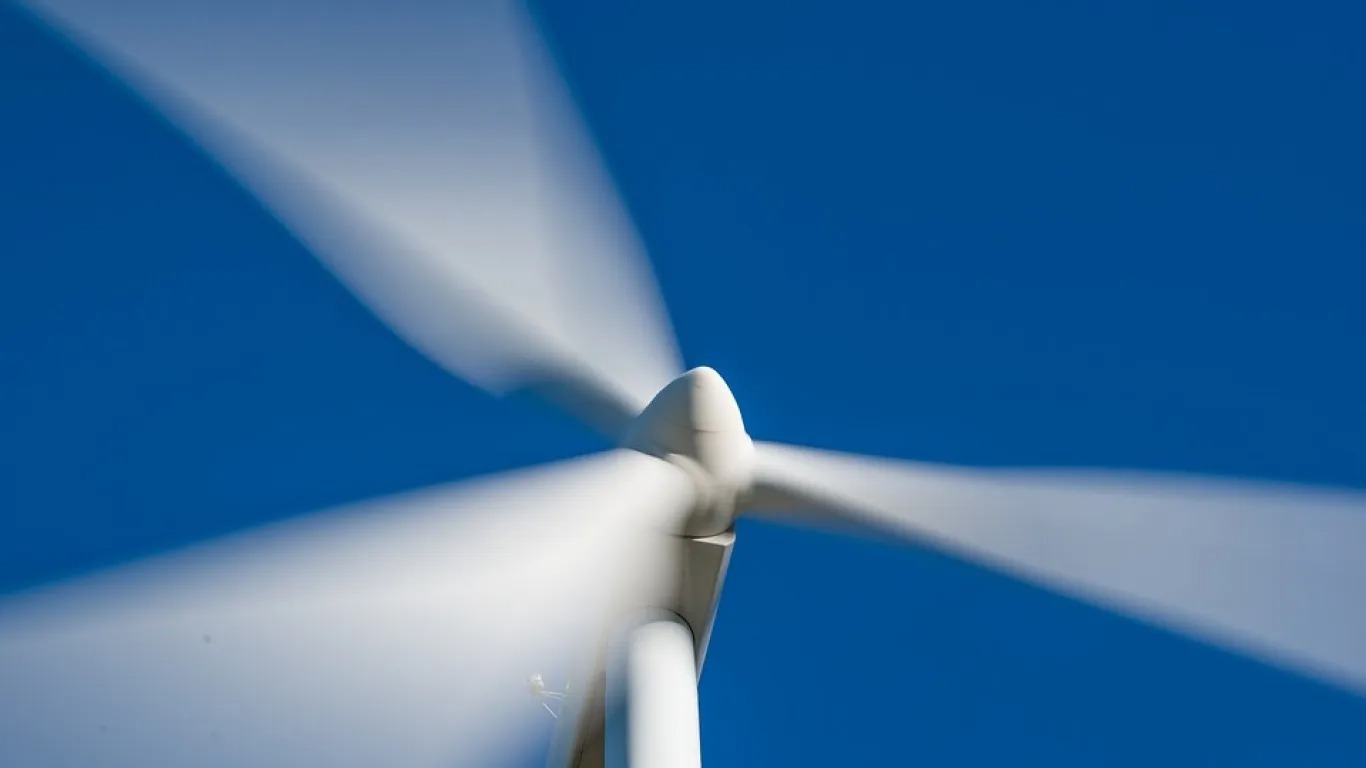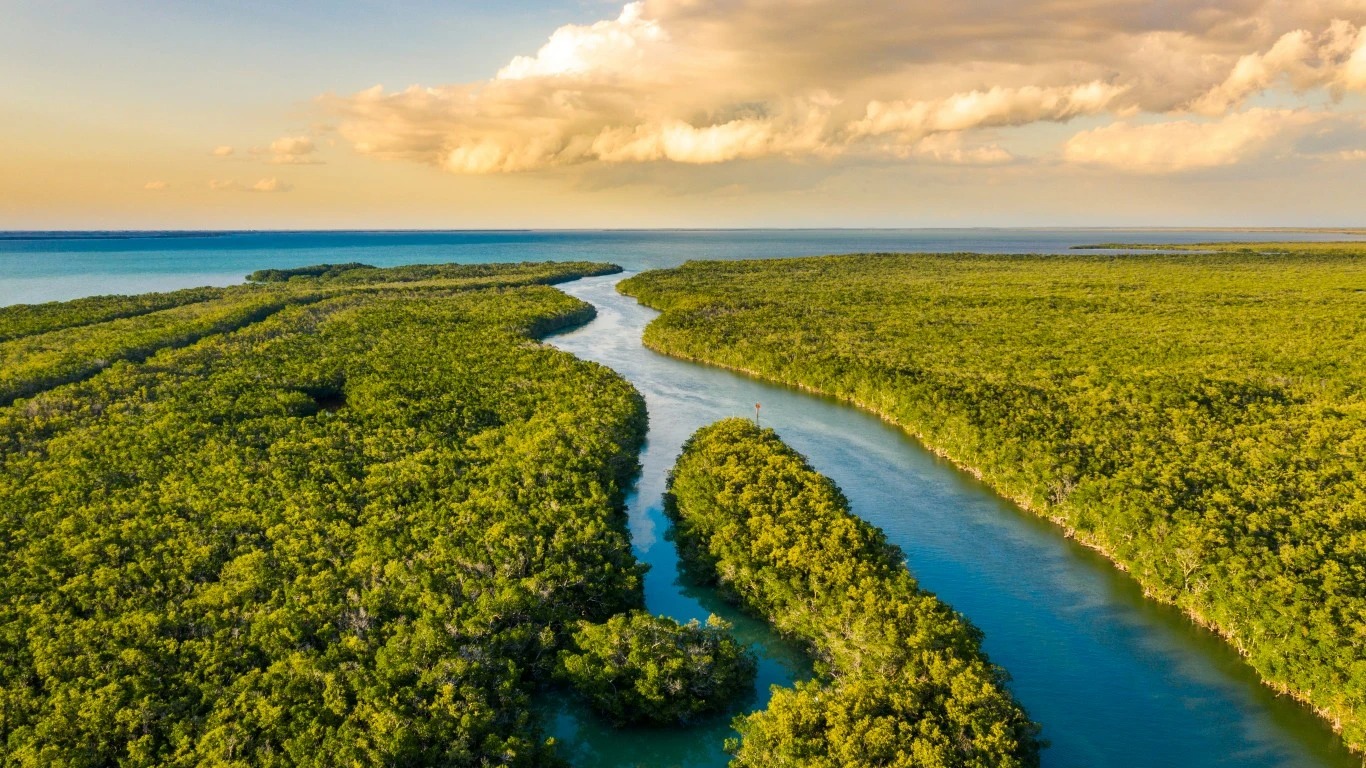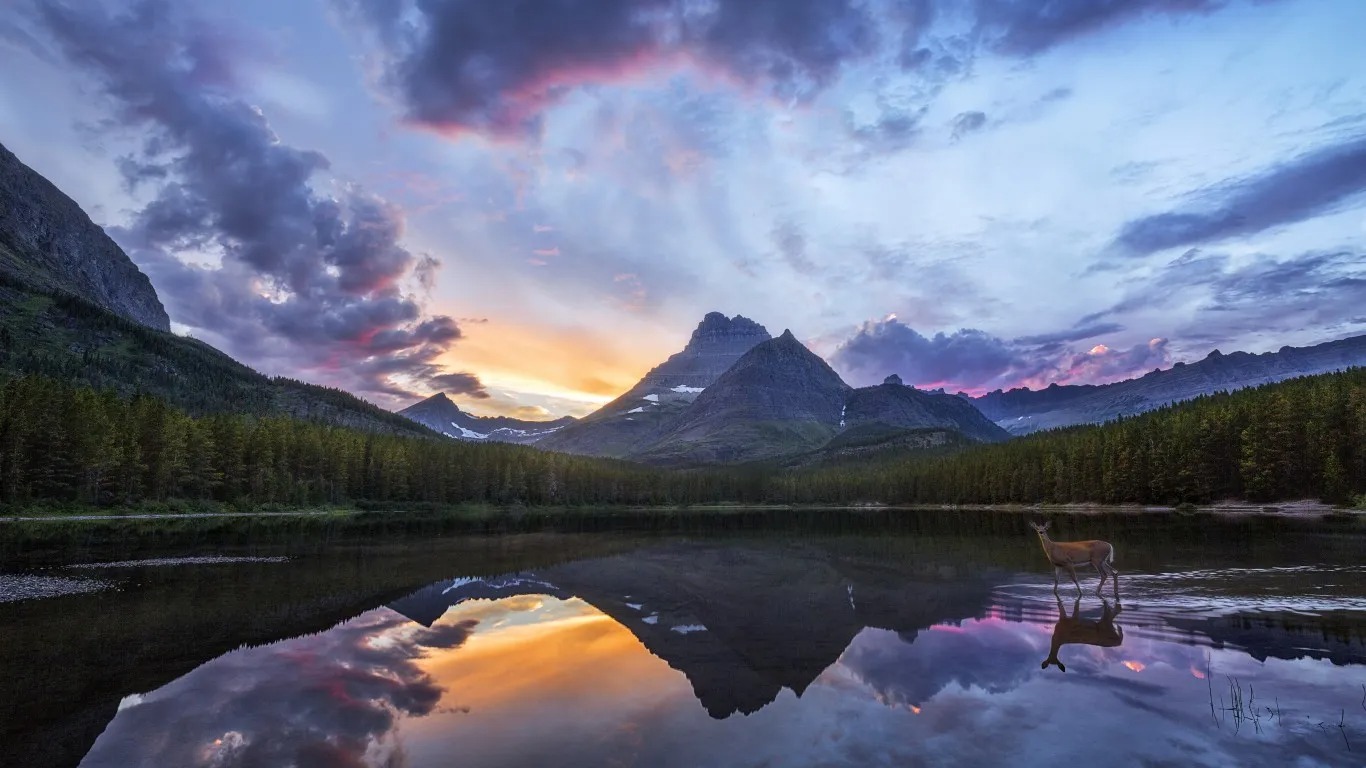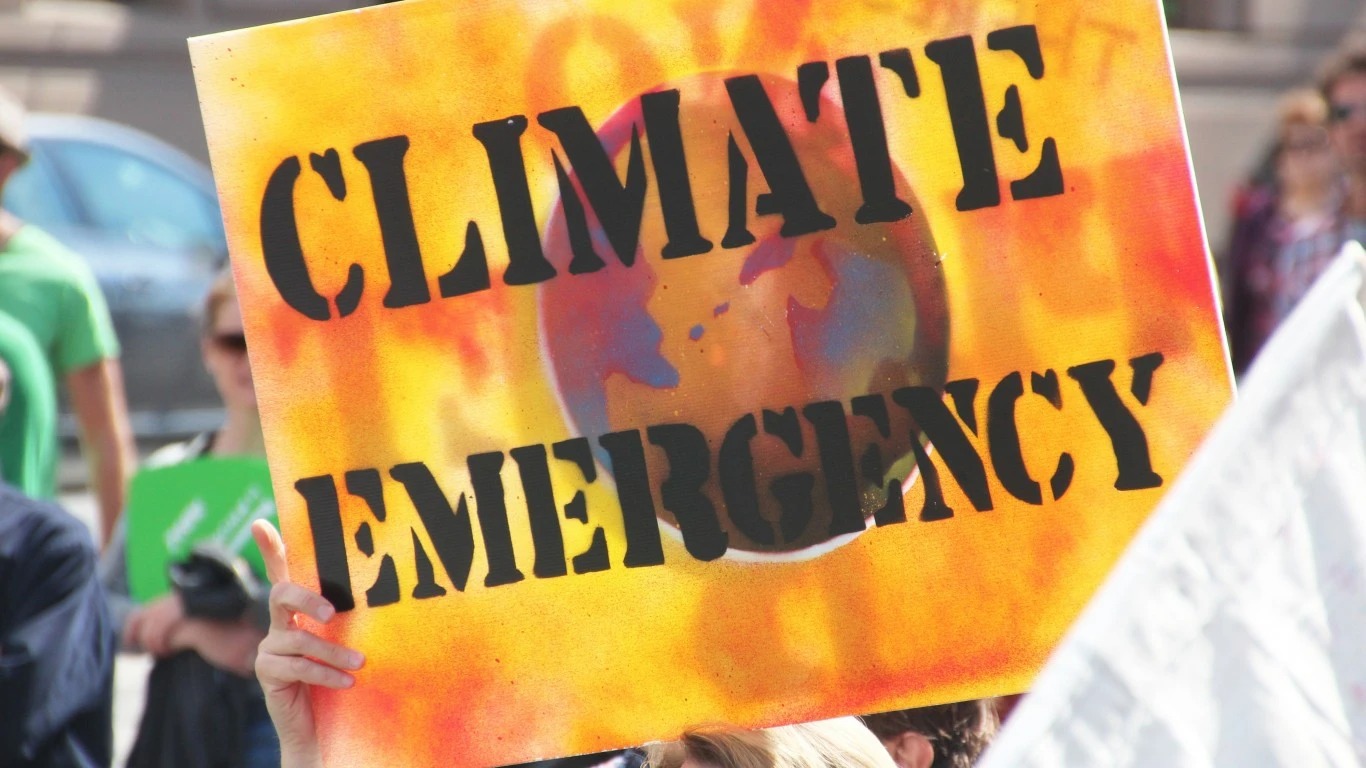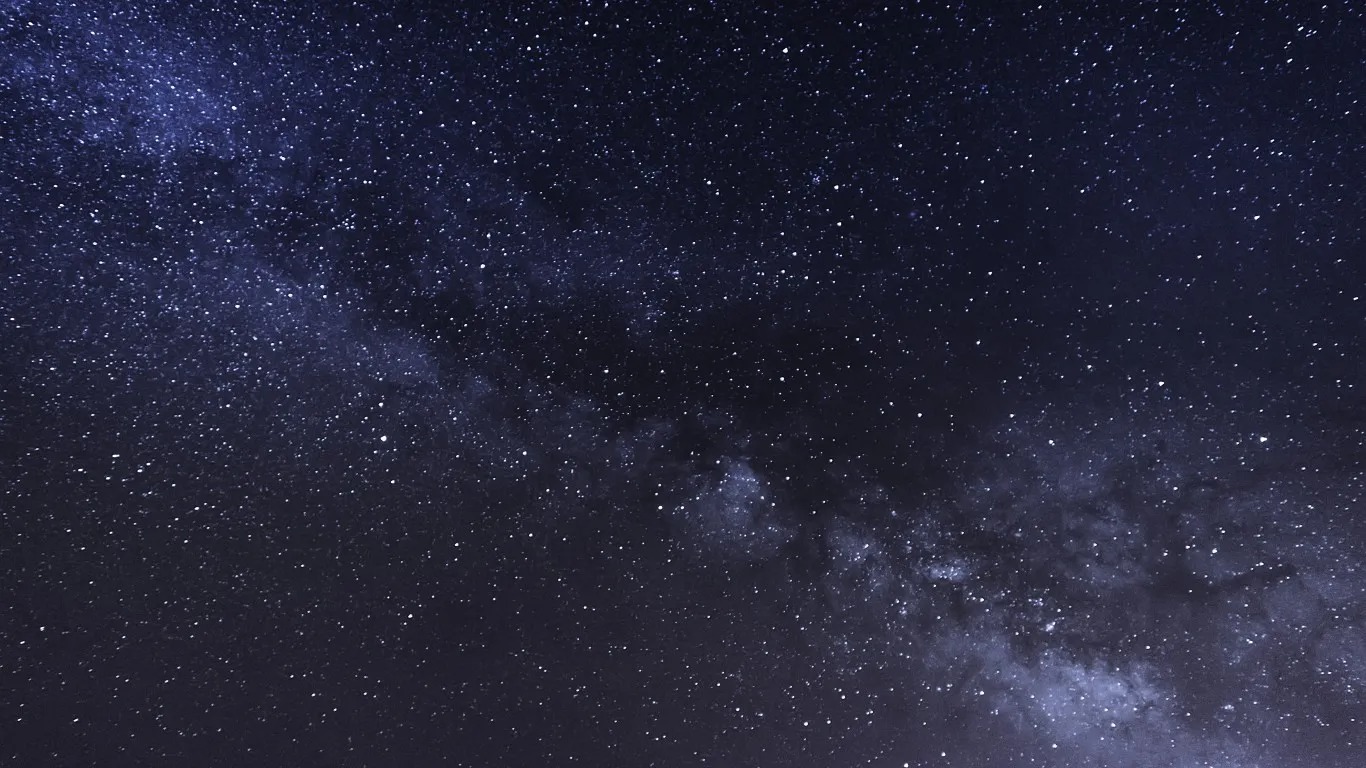(John Maxwell Hamilton, a former foreign correspondent who has covered the environment, is the Hopkins P. Breazeale Professor of Journalism at Louisiana State University, and a Global Fellow in the Woodrow Wilson International Center for Scholars.)
WASHINGTON, D.C. (Callaway Climate Insights) — Every summer brings heaps of recommendations for books to read at the beach. But what if it is too hot to go to the beach or too hot to do anything outdoors? An Arizona friend of mine says his frisky cats balk at going out to play these days. My doctor sent all his patients a note on how to avoid heatstroke.
With such thoughts on my mind as I headed out on vacation in Europe, which isn’t much better when it comes to extreme heat, I packed an old book recommended long ago by a British friend. When I opened it, I found myself transported to a subzero adventure that held me spellbound.
Christiane Ritter’s “A Woman in the Polar Night” is an autobiographical account of her year-long stay in Spitsbergen, an island in the Svalbard archipelago. The island lies between mainland Norway and the North Pole. It is one of the most northern inhabited places on the planet.
The book, first published in German in 1938, became a best seller in Europe and remains in print in English and other languages. But it is not as well remembered as it should be.
Christiane Ritter was an Austrian housewife who had no experience as an adventurer and no idea what she was getting into. Her account begins almost comically. She decides to leave her comfortable home to join her husband, Hermann, who has been in the Arctic since he was part of a scientific expedition a few years before. She imagines herself reading books, sleeping a lot, and darning socks.
A far different reality sets in quickly and as stunningly as an arctic snowstorm. Their hut, the size of a large-ish closet, is a “bleak, square box, completely covered in black roofing felt. A few boards, nailed higgledy-piggledy over the felt, provide the only light touch in all the blackness.” The stove is rickety. Soot billows out of it, making a mess of the cleaning she tries to do. If this is not enough to rattle the sensitivities of an upper middle-class woman who had enjoyed plenty of room to herself and the help of servants, a third person, Karl, lives with them. This is Hermann’s friend and a fellow hunter.
They have some provisions but must rely largely on what they kill. Her first seal dinner — she was told to cook the liver first — is a trial for her. But soon such dishes are a feast. The threesome sometimes come worryingly close to running out of food. When the sun comes out in the spring, they celebrate with “a whole spoonful of honey with our coffee and cold seal.”
The closest neighbor is 60 miles away. When Karl and Hermann go out to trap arctic foxes or kill food, Christiane is alone, sometimes for weeks. When snow covers their flimsy home and new storms keep coming, she must excavate the entrance each day. “At last,” she writes of a foray during this grim period, “I get the coal into the hut, crawling along like a dog on all fours and trailing the sleigh behind me…. Outside storm and surf are pounding, and the sharp wind blows through the walls. And so it goes on for days, immutable.”
Yet Ritter falls in love with these northern climes. She celebrates living close to the land and counts the small blessings of a fox that hangs around the hut and of the enameled tub the two men fish out of the Ice Fjord so she could bathe. She appreciates the cramped room that Hermann and Karl attached to the hut to give her some privacy.
Describing a boat trip, she writes, “We are seized by an over-brimming sense of happiness in our worldwide freedom, in the complete absence of restraint.”
Ritter had training as an artist. The Pushcart Press version of her book is adorned with simple line drawings. Thirty of her watercolors are in a Svalbard museum. See some of them here.
And her phrases hang like paintings in her book. For example, this passage about the morning twilight: “The whole sky is deep lilac, lightening into a tender cobalt blue at the horizon, over the sea of ice. From the east a pale-yellow brightness spreads, and the frozen sea, reflecting the heavenly colours, shines like an immense opal.”
A bit of mystery pervades the story and adds to its interest. Why did Hermann leave Christiane and their teenage daughter for so long? In the Polar Night, they seem to have a warm, mutually respectful relationship. Also, why didn’t the talented Christiane write another book?
A little more of Hermann’s story is told in another volume. Although Christiane does not say so in her account, her husband was an officer in the German merchant fleet and pressed into service as captain of a German naval vessel during the war. According to the author of “The war in North-East Greenland,” he was a secret pacifist and sought to undermine Germany’s effort to control weather stations in Greenland.
We know Christiane Ritter returned to Austria with a heightened sense of equanimity. When the family’s estate burned to the ground, her daughter said, she took it in stride, no mourning. She died in 2000 at the age of 103.
“Perhaps in centuries to come,” Ritter wrote in “A Woman in the Polar Night,” “men will go to the Arctic as in biblical times they withdrew to the desert, to find the truth again.”
After I read the last page of the book, I reflected on the truths that lie in that frosty polar realm today. The verities have perhaps changed. The news as I traveled home was, “The North Atlantic has warmed almost beyond the most extreme predictions of climate models.” In Antarctica, currently in winter, ice formation is well below the norm. The consequence will be accelerated rising sea levels, which will consume more of the temperate beaches that sun lovers have long cherished.
There is no escaping this hot summer.
By David Callaway
